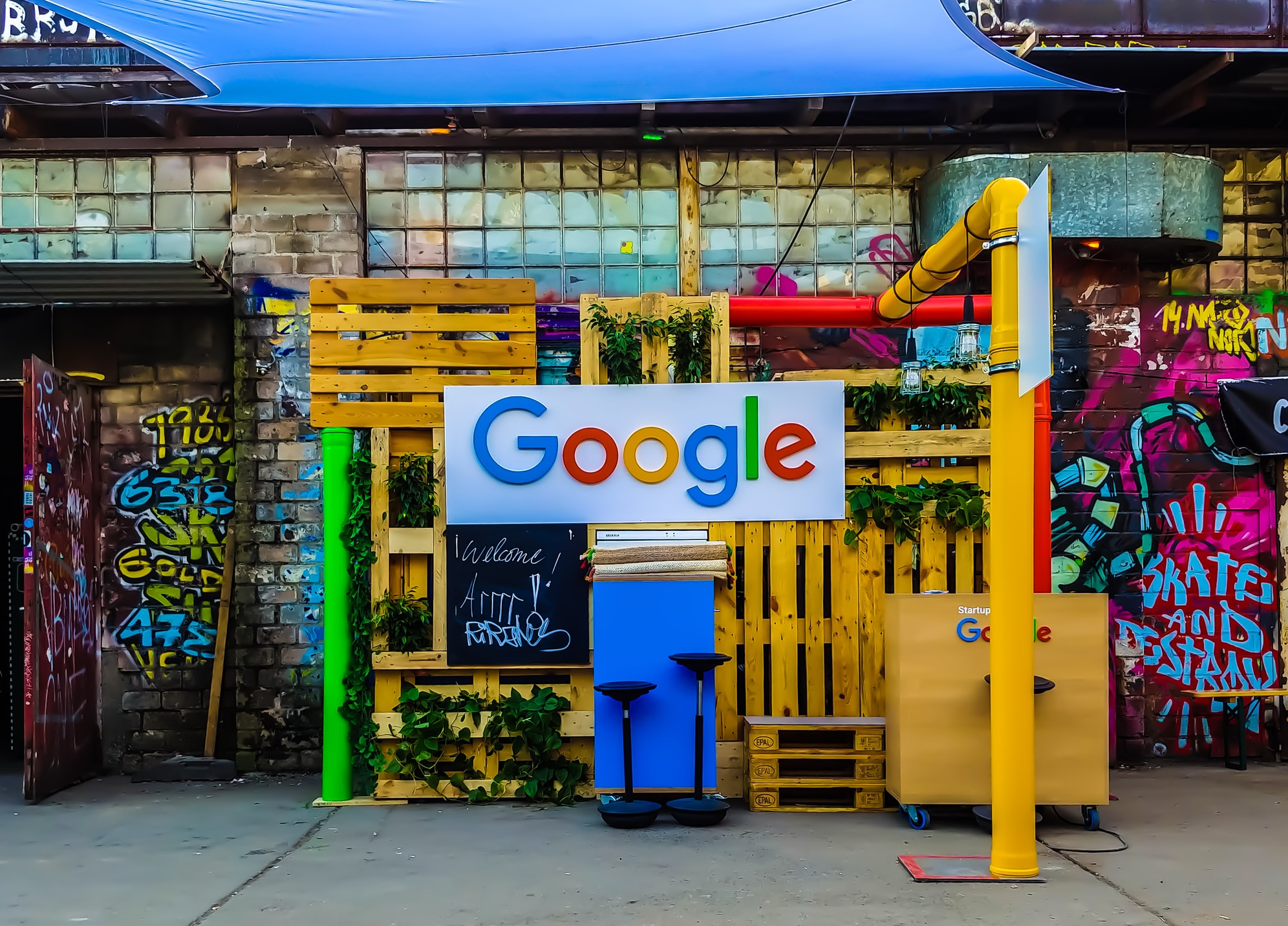Making Sense of Google’s Ad Products
November 7, 2020
Google is unquestionably the leader when it comes to monetizing web properties. With a wide portfolio of products, fairly recent changes have created confusion for publishers looking for the best advertising platform. In this guide, we’ll break down everything you need to know about Google AdSense and Google Ad Manager (GAM), formerly known as DoubleClick for Publishers (DFP) and Ad Exchange (AdX).
Google AdSense
AdSense is an ad network that allows publishers to connect with advertisers to fill ad space on their websites. Unlike other ad networks, the ads on the AdSense all come from the Google portfolio of advertising and marketing products.
Google has a few requirements that publishers must meet in order to sign up for an AdSense account:
- Websites must have high-quality, original content
- Websites must comply with AdSense program policies, which govern ad placement, traffic sources, content topics, and technical requirements
- Applicants must be at least 18 years old
AdSense is an excellent option for publishers looking to start monetizing their websites. If a publisher meets the requirements, and sets up ad units, AdSense is largely a plug and play solution. Google will fully manage the connection between publisher and advertiser. Performance metrics are easily accessible via Google Analytics, and the AdSense platform provides transparency for both publishers and advertisers.
AdSense also supports a variety of ad formats and sizes, including text, image, video, and HTML ads. Publishers can experiment with different ad formats to learn what combinations drive the greatest revenue.
One thing to be mindful of with AdSense is that placement and performance are keyword-driven, so publishers need to be mindful of keywords when planning content. Tools such as SEMRush can help publishers research keywords and understand which keywords will help generate the greatest revenue.
Google Ad Manager
Launched in June 2018, Google Ad Manager (GAM) combines two previous Google advertising products, DoubleClick for Publishers (DFP) and Ad Exchange (AdX). We’ll dig into each of those legacy platforms, then take a look at what GAM looks like today.
DoubleClick for Publishers
Unlike AdSense, which is an ad network, DoubleClick for Publishers is an ad server. An ad server provides publishers with the infrastructure to connect multiple ad networks to serve ads and fill available inventory. Unlike an ad network, DFP doesn’t have its own ads. Rather, publishers are responsible for developing relationships with ad networks, connecting to DFP, and setting the rules that determine how auctions will work.
DFP gives publishers more control over their inventory and allows them to fetch top dollar for each impression. DFP users can connect to AdSense and have the Google ad network compete for impressions against other ad networks.
This is a step up from AdSense for many publishers, allowing more precise forecasting, more granular reporting, and the opportunity to increase competition and increase yield on every impression.
Google Ad Exchange
Google Ad Exchange (or AdX) is an ad exchange network that allows ad networks, agencies, and demand-side platforms (DSPs) to participate in RTB (real-time bidding) auctions on available ad inventory. AdX also allows publishers to sell their inventory directly to advertisers through private auctions or preferred deals.
Access to Google Ad Exchange is generally limited to larger publishers, and requires more resources to maintain. However, publishers that meet the threshold for an AdX account receive advanced functionality, such as price floors, and gain access to more buyers and auction types.
GAM = DFP + AdX
Google Ad Manager launched in June 2018 and combines the best features and functionality of DFP and AdX into one unified platform.
While GAM brought some changes to the UI and nomenclature, most key functionality has remained the same, providing large publishers with an all-in-one platform for optimizing their inventory and revenue.
Summary
AdSense provides publishers with a lightweight monetization solution to generate website revenue. Google Ad Manager is a more sophisticated solution for large publishers, requiring significant volumes of traffic and dedicated resources.
If you’re looking to expand your monetization efforts and don’t meet GAM criteria, or don’t have the resources to manage a GAM implementation, talk to our team about how pubGENIUS’s header bidding wrapper can help you stay competitive while you focus on creating great content.
We’d love to hear from you! Get in touch today to see how pubGENIUS can increase your site’s revenues!
